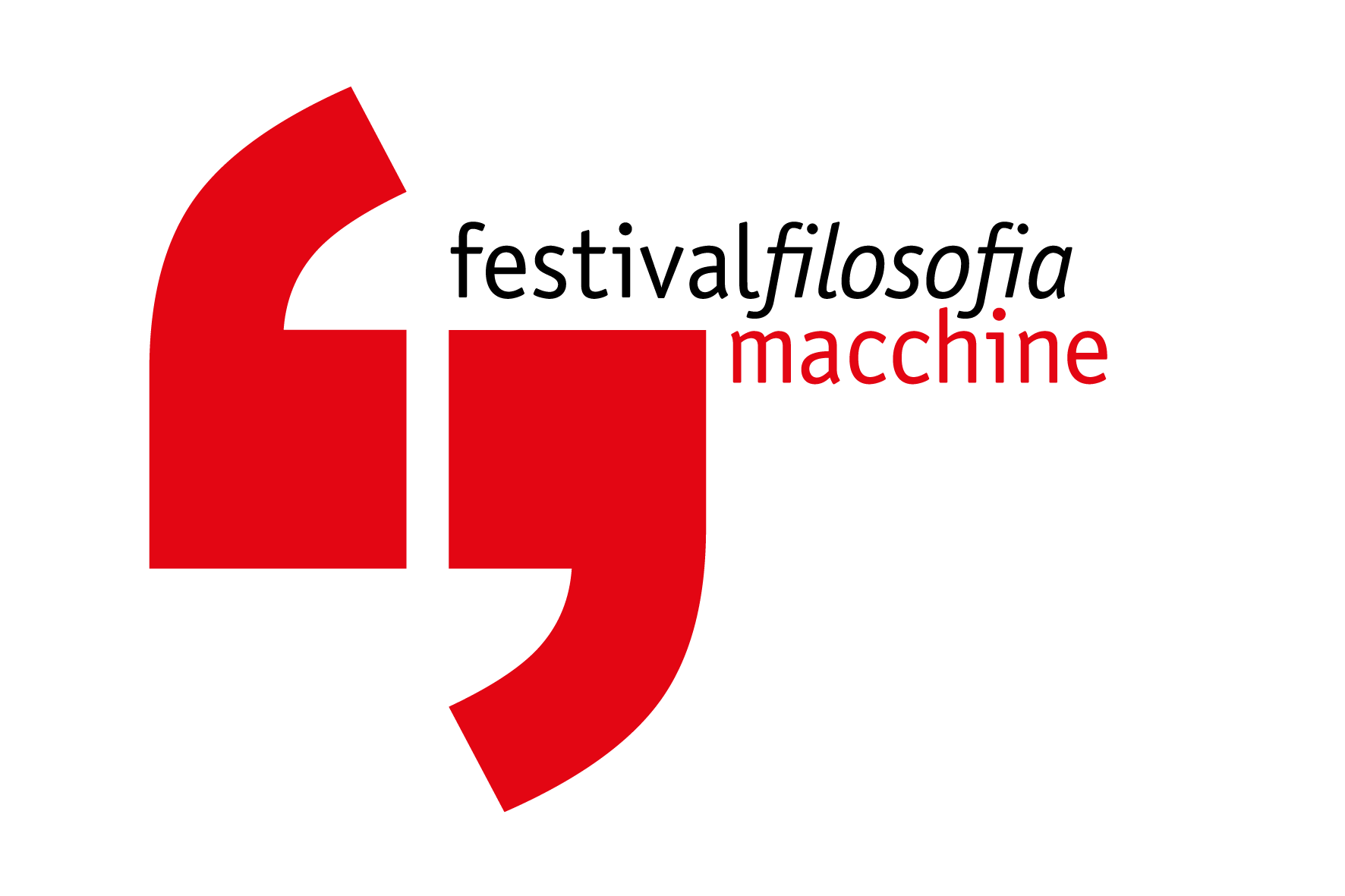If nothing else, the COVID 19 pandemic has forced us to rethink our priorities… “my kingdom for a horse” became “my dignity for a roll of toilet paper.” It brought out the best of some people, like those singing from their balconies to maintain a sense of community, and the worst out of others, like the ones hoarding toilet paper, thus displaying a disgraceful lack of concern for fellow shoppers… It has also made us think of what the future will look like and our role in it. With unemployment reaching 30% in some parts of the USA, and the stock market plummeting to Great Depression levels, the future does not look bright (unless you bought large amounts of Zoom shares before March 2020).
So what about us architects? Many responded by designing high-tech and utterly impractical Protective Personal Equipment, totally useless cardboard flat-packed desks for working at home or schemes for social-distancing occupation at restaurants that may never reopen. If the saying “never let a good crisis go to waste,” whether by Churchill or Rahm Emmanuel, has any truth to it, we should be thinking about how architecture can better serve a post-apocalyptic, pandemic battered world, in which the rampant inequality and racism laid bare by the current crisis could not be ignored anymore. Architects (and all human beings for that matter) will have the moral responsibility to be more concerned about the less fortunate, to use architecture to support a better quality of life for all, and to respect nature and the environment.
What will architecture look-like after the world reopens? It does not matter. I am curious to see what do architects look-like on the other side of the pandemic.
“The art of living doesn’t take a new way of building, it takes a new way of life.”
Constantino Nivola

